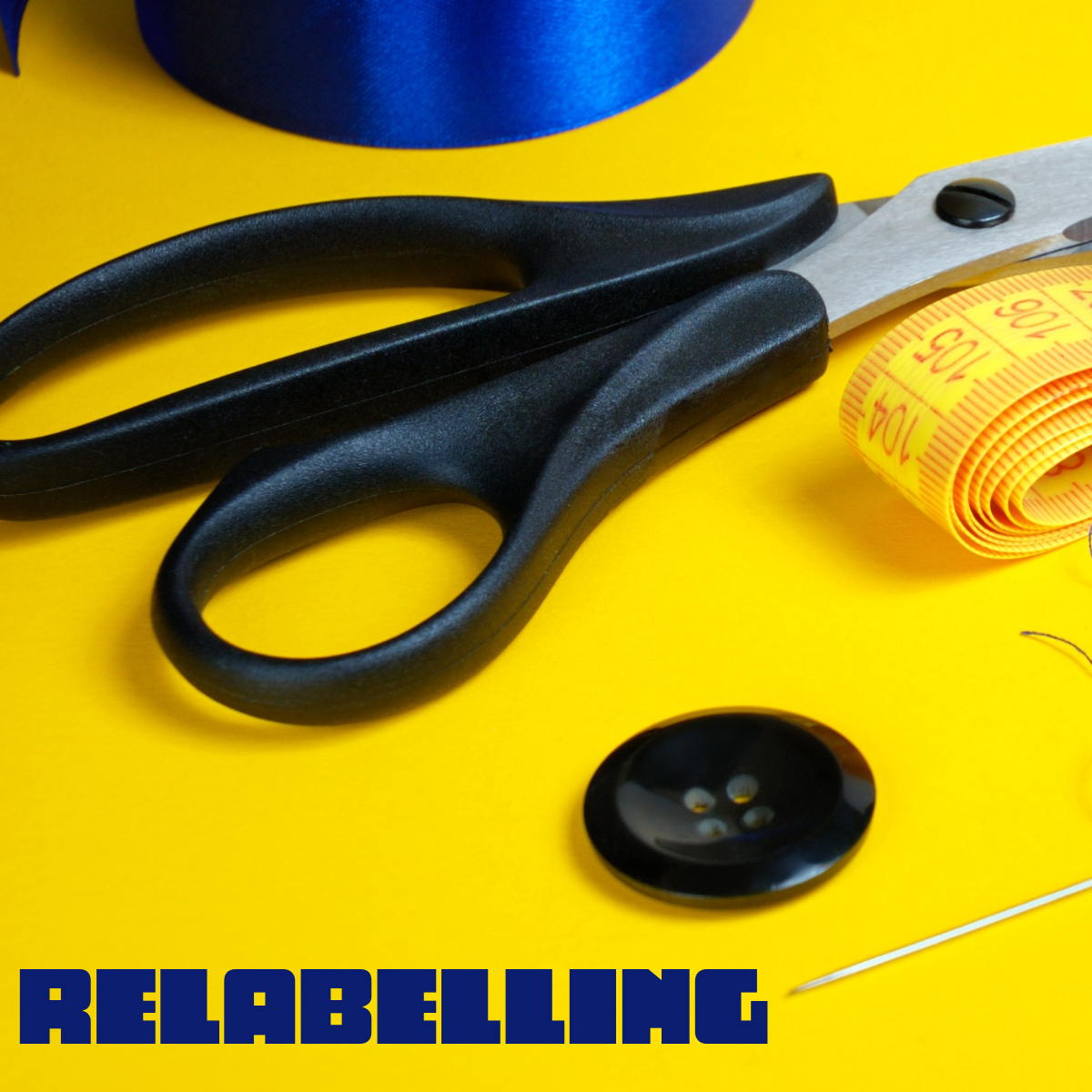How your employees dress can have a huge impact on the success or failure of your business.
First impressions are everything in business. They’re what attract & assure customers, investors & collaborators. If your employees don’t make a good one, your brand may suffer.
Employee appearance should reflect the values of your brand. But what if it doesn’t?
Having a conversation with an employee about their dress standards (or lack of) can be incredibly uncomfortable. Making sure that conversation leads to lasting change without hurting their feelings or getting in trouble with HR may seem almost impossible.
Here are 4 tips to make the conversation run as smoothly as possible:
Step 1: Consider logistics
Time of day
Aim to have the conversation at the end of the day. That way, if the employee is embarrassed, upset or has a negative reaction they can go home straight away to process what you said & come to terms with it.
Appropriate place
Never conduct this conversation in front of other people. Pull the person aside discreetly. Choose a place where others won’t interrupt to prevent potential embarrassment.
Step 2: Have the facts prepared
Evidence
I’m not talking about evidence of what they have or haven’t been wearing. There’s no need to snap secret photos or keep records of how your employees dress day to day.
What I mean is having evidence that their appearance is affecting the company's reputation or their ability to progress in their career. Take note of any specific occasions when this effect was clear & use it to explain your criticisms.
References
This conversation will be a hundred times easier if there is an official company document you can refer to. Company policy on employee dress standards helps to take personal opinions out of the conversation. This way you’re simply enforcing company rules.
Having this document as a reference may also help you determine whether their appearance is actually inappropriate or if it’s just against your personal preferences.
Step 3: Make the meeting constructive
Give actionable suggestions/resolutions
Simply telling an employee they are dressed ‘inappropriately’ or their grooming ‘doesn’t meet company standards’ isn’t helpful. It’s akin to telling someone off for getting a maths equation wrong without giving them the formula to work it out.
Before having this conversation, determine exactly what you need them to change & make a list of ways they can action these changes. You should clearly explain why their dress/grooming is inappropriate & what they can do to fix it. Without suggestions, your criticism could easily be viewed as a personal attack.
Listen to what they have to say
It’s very important to leave space for the employee to speak. An employees appearance, especially if it’s changed over time, may be an indication of something else going on in their life. If this is the case, it’s important to be respectful & listen to what they have to say.
Coming in all guns blazing with a quick pre-prepared script & an order ‘to get your act together’ may make the situation worse. You must be ready to hear them out, not chastise them for something they may be embarrassed or upset about.
Don’t sugar coat your message
While it’s important you’re compassionate, you mustn't shy away from making your point clear.
If you succeed in being incredibly ‘nice’ throughout this conversation, chances are you will not get your point across. The employee in question won’t realise the importance of the issue & will not change.
That means, at some point down the track you’ll have to have the conversation again. Only this time using harsh & direct language to ensure the employee finally takes your criticisms seriously. This is an eventuality everyone should avoid if possible.
Get it right the first time around by using language that is clear but also kind.
Affirm value
One of the easiest ways to soften the blow of your message without dampening its importance is to assure the employee that they are valuable to the business.
If they’re great at their job but don’t present in a manner that aligns with their capabilities, appearance could be holding them back from new opportunities or promotions. In this case, you could make the conversation about helping them realise their full potential in the workplace rather than correcting their appearance.
The fact that you’re taking the time to have this potentially uncomfortable conversation should also serve as in indication of their value to the company. Try to present the conversation in terms of professional development.
Step 4: Follow up
Give compliments for positive changes
If after your conversation the employee makes positive changes to their appearance, don’t hesitate to offer compliments. These don’t have to be huge gestures but try to encourage their efforts where possible.
Carefully consider whether it’s appropriate to give these compliments in front of other employees.












